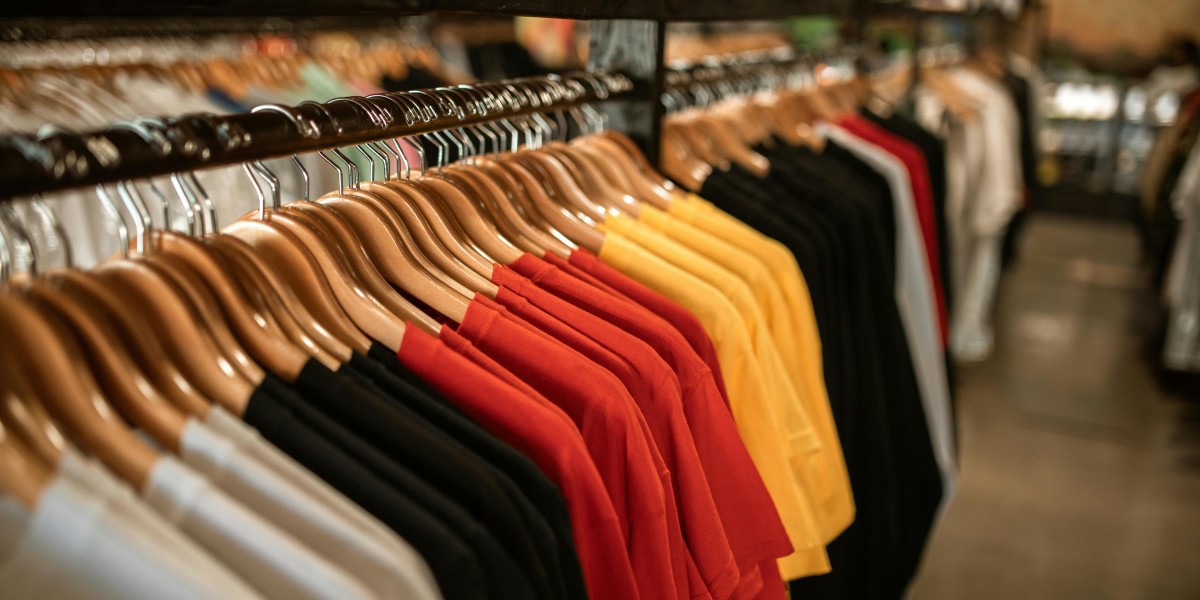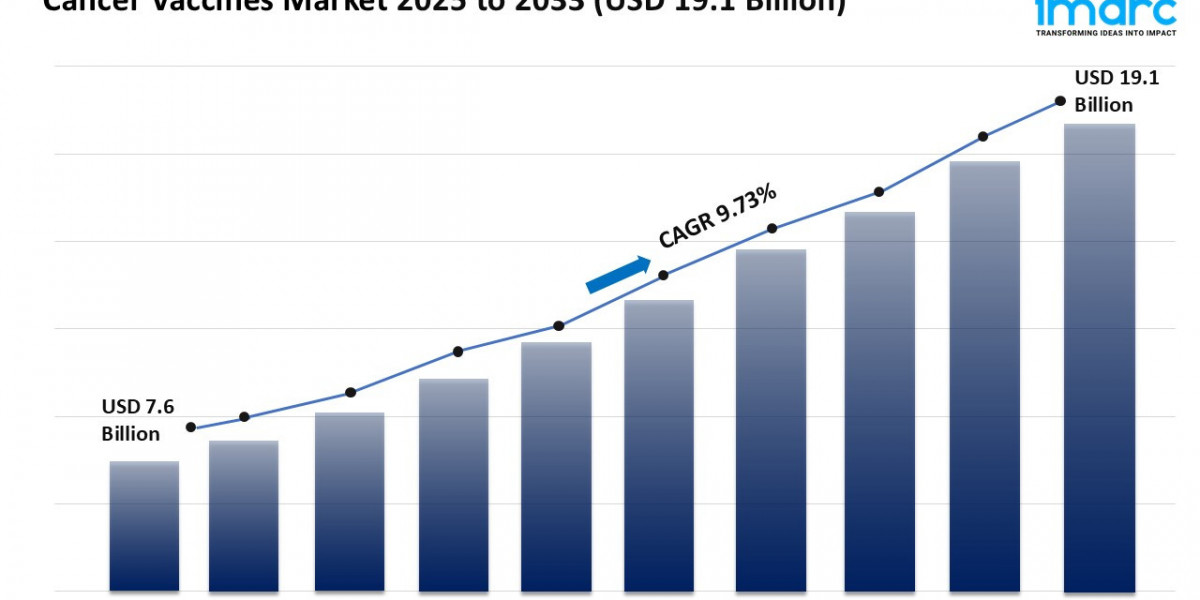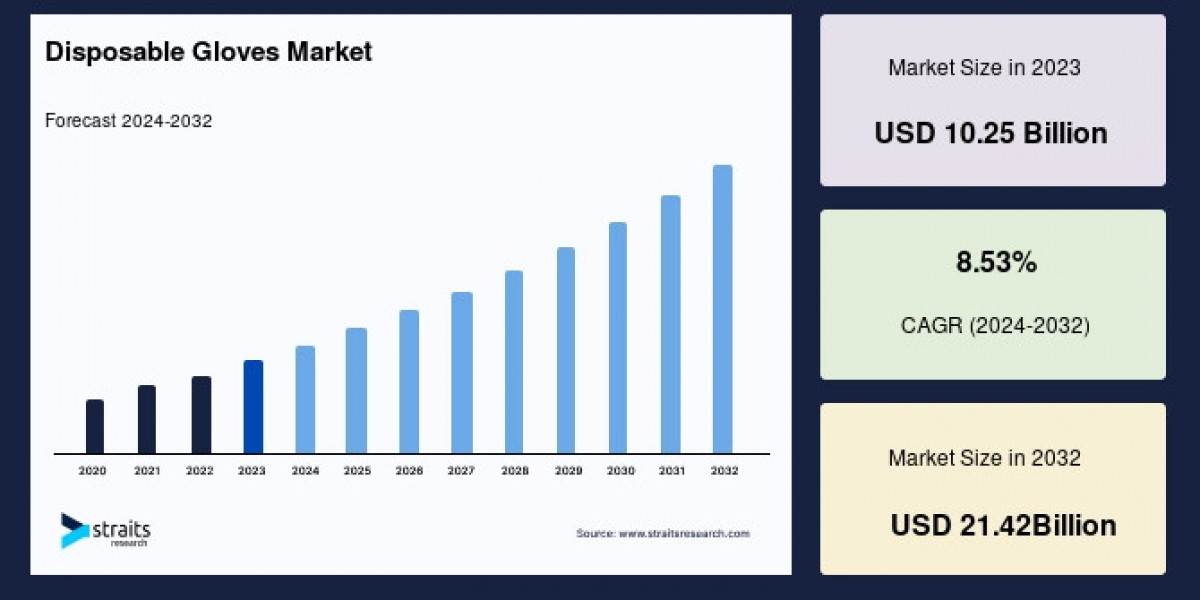Pakistan's textile industry has long been a cornerstone of its economy, contributing significantly to exports and employment. However, in recent years, trousers exporters in Pakistan have faced a myriad of challenges that have impacted their competitiveness in the global market. From rising production costs to stringent international regulations, these hurdles necessitate strategic solutions to maintain and enhance Pakistan's position as a leading garment exporter.
Rising Production Costs and Energy Crisis
One of the most pressing issues confronting trousers exporters is the escalating cost of production. Energy tariffs in Pakistan have surged, making electricity prices among the highest in the region. For instance, electricity tariffs have exceeded 14 cents per kilowatt-hour (KWh), nearly double the rates in competing economies like Vietnam, India, and Bangladesh. This drastic increase in energy costs has eroded the competitiveness of Pakistani exports .
Solution: To mitigate these rising costs, many manufacturers are investing in renewable energy sources such as solar and wind power. By adopting green technologies, they can reduce their reliance on expensive grid electricity, lower operational costs, and appeal to environmentally conscious consumers.
Outdated Technology and Machinery
The textile sector in Pakistan is still heavily reliant on outdated machinery and equipment. This reliance limits productivity and efficiency, making it difficult for the industry to compete on a global level. The lack of investment in modernizing equipment and machinery has resulted in high repair costs and frequent maintenance .
Solution: Modernizing machinery and adopting automation can significantly enhance productivity and product quality. The government can play a vital role by offering incentives for upgrading machinery and facilitating access to capital for small and medium enterprises (SMEs). Additionally, fostering partnerships with international technology providers can expedite the modernization process.
Infrastructure Challenges
Inefficient transportation networks, inadequate ports, and a lack of warehousing facilities pose significant challenges to the textile industry. These infrastructure deficiencies lead to delays and increased costs, affecting the timely delivery of products to international markets .
Solution: The government should invest in upgrading transportation infrastructure, modernizing ports, and developing warehousing facilities. Public-private partnerships can be instrumental in addressing these infrastructure challenges, ensuring that exporters can meet global delivery timelines efficiently.
Compliance with International Standards
As global markets become more stringent in their regulatory requirements, Pakistani exporters face challenges in adhering to international standards. Compliance with labor laws, environmental regulations, and quality standards is essential to maintain access to key markets.
Solution: Exporters must invest in training programs to ensure that their workforce is well-versed in international compliance requirements. Additionally, adopting sustainable practices, such as reducing water consumption and using eco-friendly materials, can help meet environmental standards and appeal to global consumers.
Competition from Regional Players
Countries like Bangladesh, Vietnam, and India have made significant strides in the textile sector, offering competitive pricing and quality. Pakistan's textile industry faces stiff competition from these countries, which have lower energy tariffs and more favorable trade policies .
Solution: To stay competitive, Pakistani exporters should focus on niche markets, such as high-quality trousers made from sustainable materials. By differentiating their products and emphasizing quality over quantity, they can carve out a unique position in the global market.
Government Policies and Support
The textile industry in Pakistan has expressed concerns over the government's policies, particularly regarding taxation and export incentives. High production costs, scarcity of funds, and unfavorable policies have led to a decline in textile exports .
Solution: The government should review and revise policies that hinder the growth of the textile sector. Providing tax incentives, simplifying export procedures, and offering financial support can encourage investment in the industry and stimulate growth.
Adoption of Sustainable Practices
With increasing global emphasis on sustainability, Pakistani exporters must adopt eco-friendly practices to meet international demand. This includes using organic cotton, recycling materials, and reducing carbon footprints.
Solution: Exporters can collaborate with local farmers to promote sustainable farming practices and source eco-friendly materials. Implementing green technologies in manufacturing processes can also help reduce environmental impact and align with global sustainability trends.
Conclusion
The challenges faced by trousers exporters in Pakistan are multifaceted, ranging from rising production costs to stringent international regulations. However, with strategic investments in technology, infrastructure, and sustainable practices, these challenges can be transformed into opportunities. By modernizing operations, adhering to international standards, and focusing on niche markets, Pakistan's textile industry can enhance its competitiveness and continue to thrive in the global market. Collaboration between the government, industry stakeholders, and international partners will be crucial in navigating these challenges and ensuring the sustained growth of the sector.








